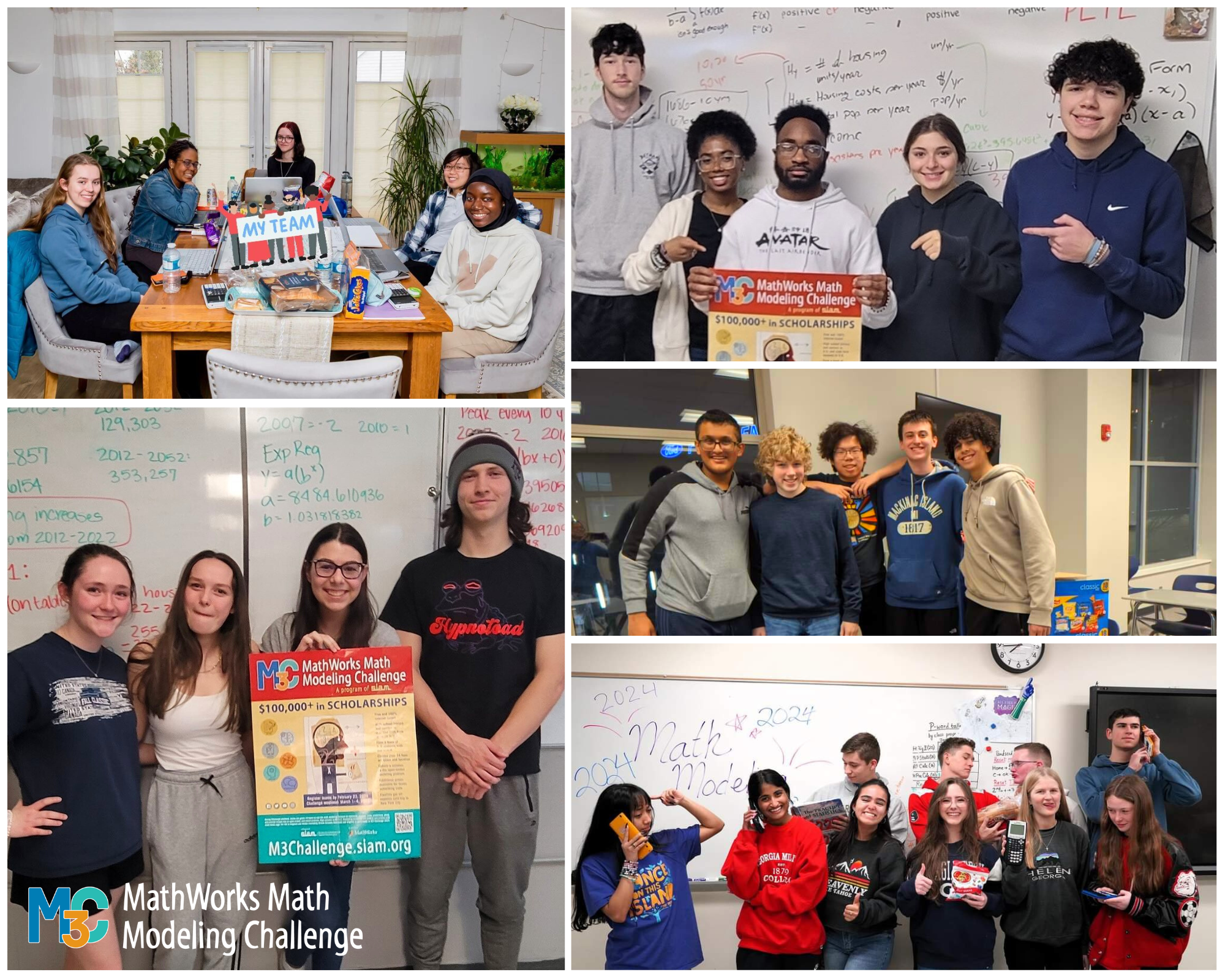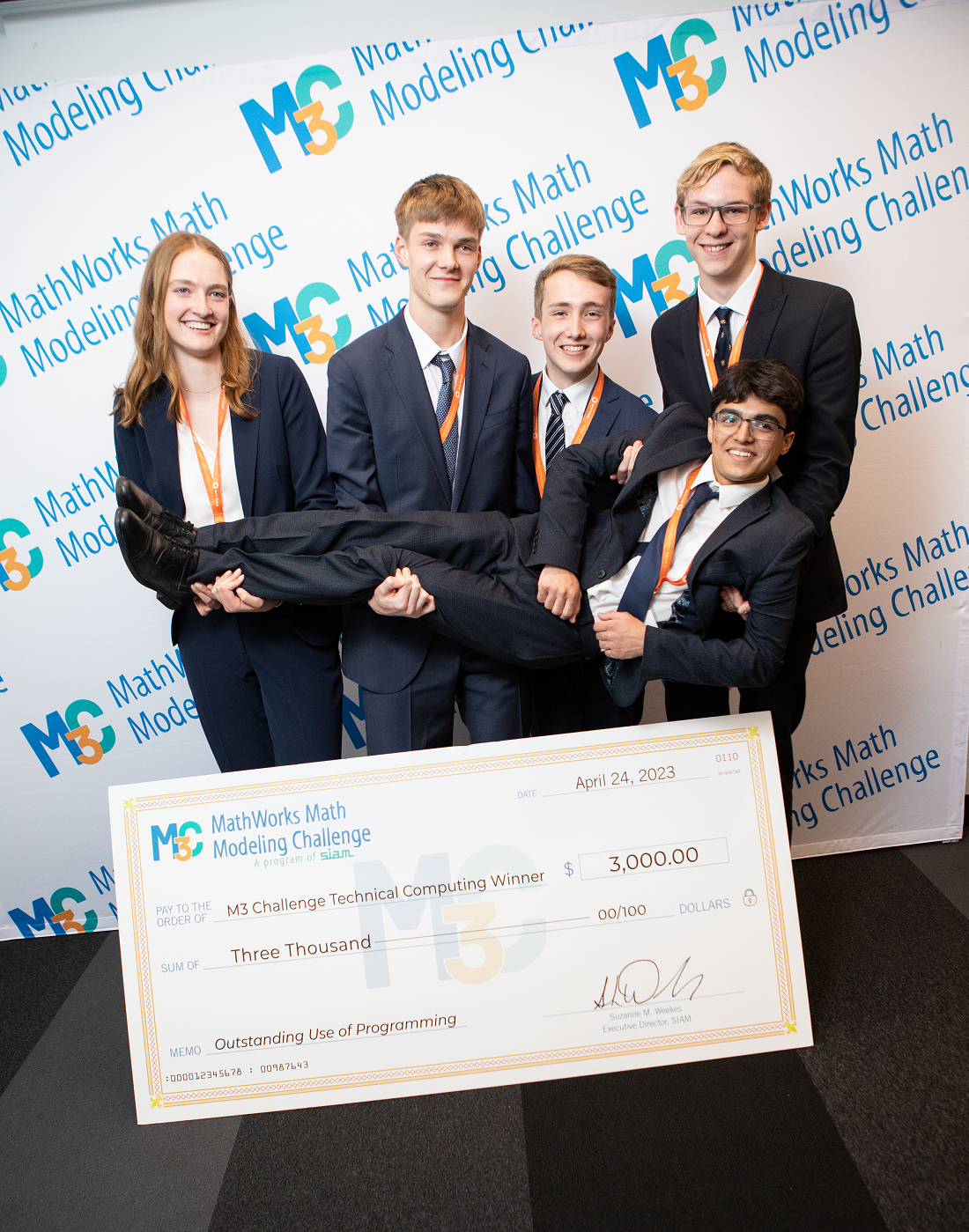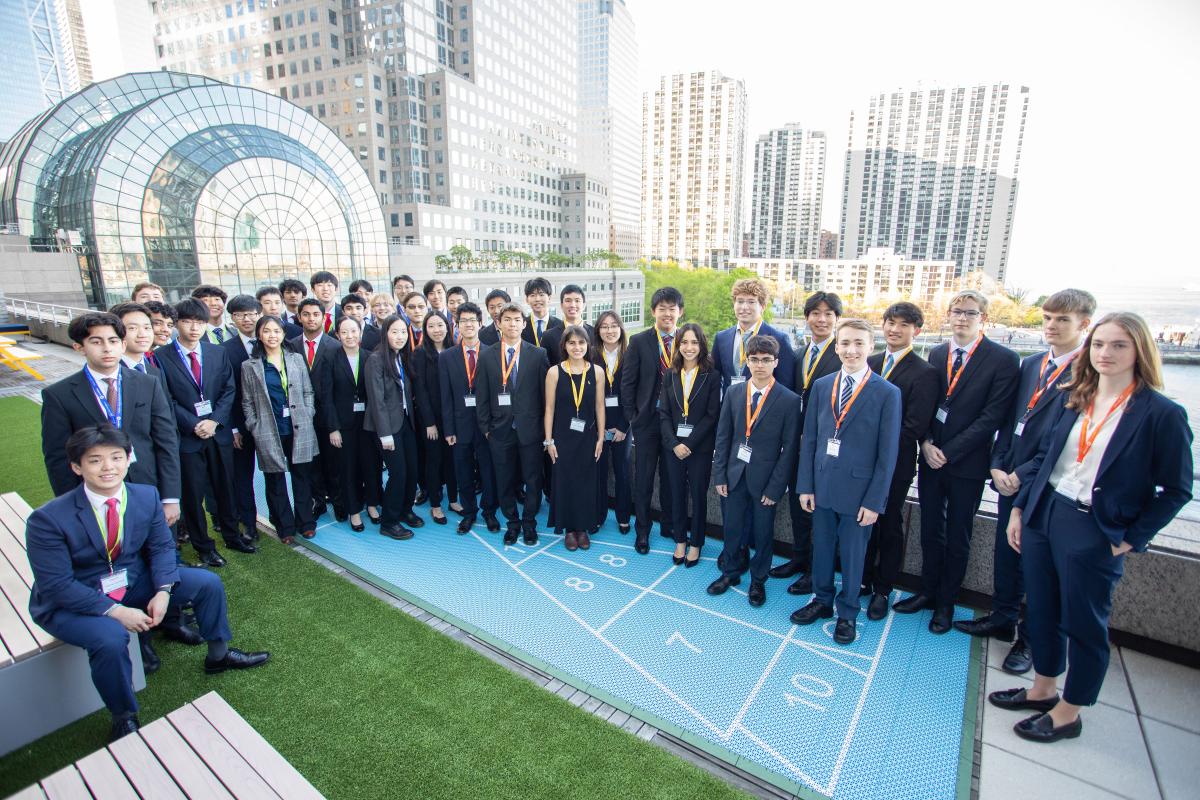Judge Commentary
Kelly Black, Ph.D., Department of Mathematics, Clarkson University
The problem posed in the 2013 Moody’s Mega Math Challenge was an analysis of the impact of plastics in landfills in the United States as well as ways to mitigate the problem. This year the Challenge was open to roughly half of the United States’ high school population. Despite the rapid growth of the event in recent years the quality of the submissions continues to improve. The coaches and sponsors continue to do an incredible job of preparing student teams for this difficult event.
I will focus on this year’s Challenge. In past years the judge’s commentary has included a number of general comments that will usually hold true, and we skip these comments this year rather than repeat ourselves. I strongly recommend that teams and coaches review our commentary from previous years.
There are two major sections in this report. In the first section I provide some overall impressions of the writing and presentation found in the reports. In the second section I look at each of the three questions that were included in this year’s problem statement.





